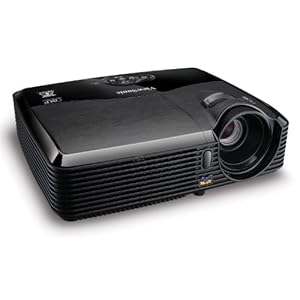Home Theater Design: Widescreen Or Standard TV For Your Home Theater?
Widescreen TV, with a 16:9 width-to-height ratio, undoubtedly represents the future for home theater designs. However, this does not mean that you should rule out standard TVs with a 4:3 ratio. There are definitely good reasons to go for a 4:3 TV, or even projection screen if your home theater design calls for it. Let's explore the issue.
Home Theater Design: Widescreen Or Standard TV For Your Home Theater?

Home Theater Design: Widescreen Or Standard TV For Your Home Theater?
Home Theater Design: Widescreen Or Standard TV For Your Home Theater?
Home Theater Design: Widescreen Or Standard TV For Your Home Theater?
Firstly, from a point of view of cost, standard TVs are still cheaper than widescreen TVs, so if you have a restricted budget, this is worthy of consideration. You could perhaps get a good quality standard TV for the price of a budget widescreen model; definitely worth considering for your home theater design.
Secondly, there are still plenty of programs that are filmed with the 4:3 ratio. If you have a widescreen TV, you'll find that you either have to put up with a distorted, stretched image, or you'll have to set the display up at a 4:3 ratio to show these programs, in which case you are not showing anything on a quarter of the area of your screen. If you mainly watch 4:3 programming, that's a waste!
Thirdly, width and depth are normally restricted more than height in the average living space. Let's take a 28" widescreen TV as an example. The theoretical width of the screen is about 24", and the theoretical height is about 14". Into the same width of 24", you could fit a 30" standard TV, and the theoretical height of the picture on a 30" TV is about 18", giving you about 33% extra screen area for your home theater!
What happens when you want to view widescreen programming, though? 16:9 anamorphic programming can be viewed on most modern standard TVs. They reduce the height of the picture as opposed to increasing the width. The proportions of the picture remain the same. In the above example of a 30" standard TV, the TV would display a picture of the same size as that of a 28" widescreen TV! If you think big is beautiful, a standard TV is the way to go for your home theater design.
Of course, style considerations may apply, and you may prefer to go for a widescreen TV because you prefer the way it looks. However, there are some excellent reasons to consider a standard TV for your home theater design.
Home Theater Design: Widescreen Or Standard TV For Your Home Theater?

